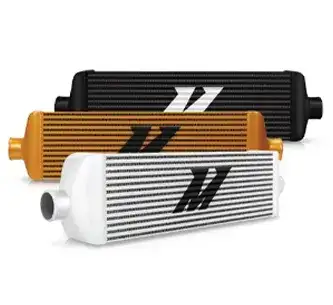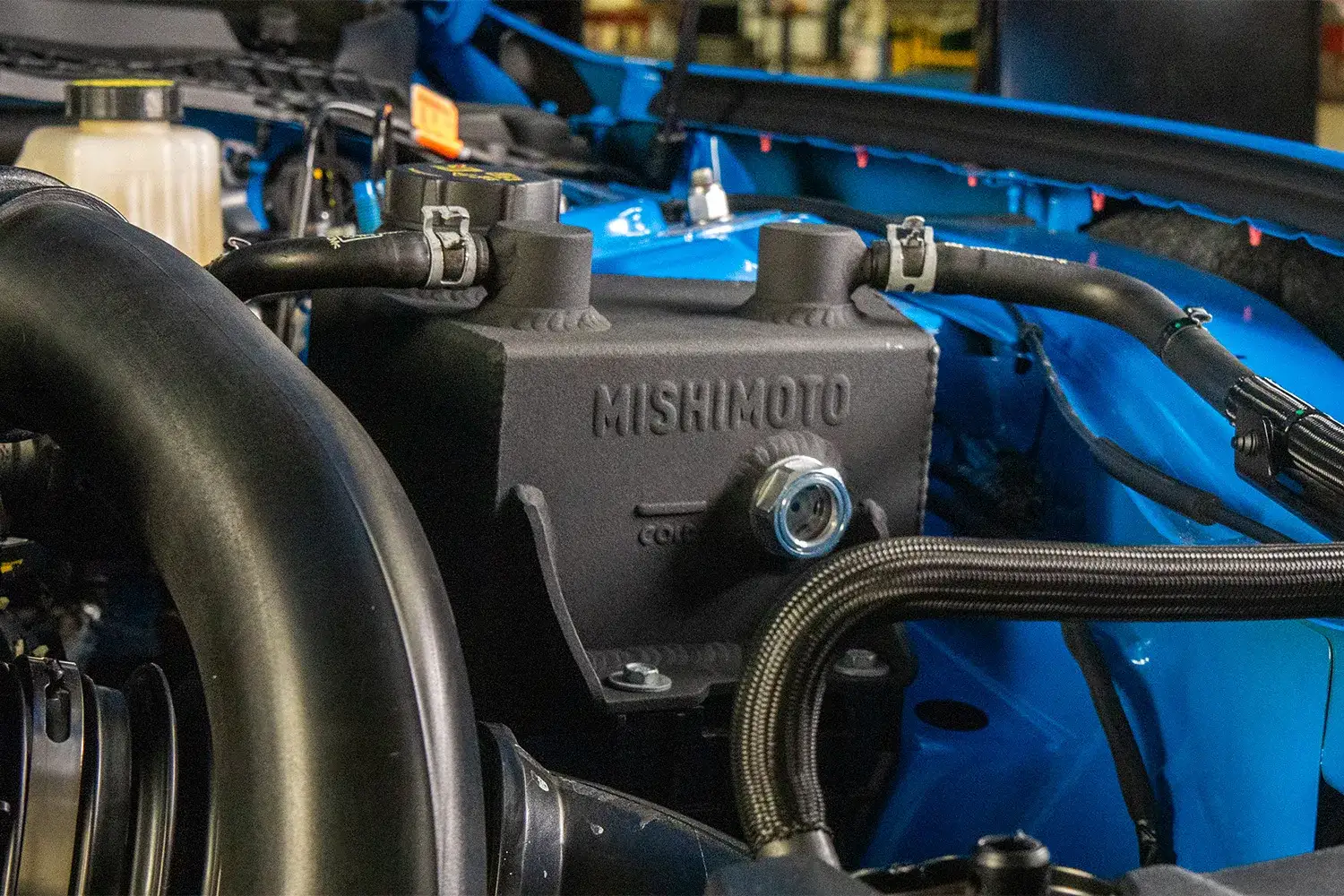
Controlled Breathing - Performance Air Intake Kit R&D, Part 1 - Stock Review
The 2017+ Ford F-150 EcoBoost would be like if a diehard endurance runner had a baby with a bodybuilder. Both disciplines are on almost opposite sides of the athletic spectrum, yet every variant of Ford designed its twin-turbo V6 to run a marathon while also doing barbell curls. If there's one function that both of these athletes rely on, it's controlled-breathing. In either case, each athlete won't make it very far, both figuratively and literally, if there's not a constant flow of fresh air to their lungs. The same could be said about the EcoBoost. Increasing their lung capacity works wonders in terms of strength and endurance for each of these trucks' hearts. That's why we're developing a performance air intake for the 2017+ Ford F-150 and all of its EcoBoost engines.
First, however, we need to understand the OEM intake system fully. So, we started our process with a closer look at the intake system from our 2020 Raptor.

Overall, the OEM intake system shares standard construction methods with what we see from other manufacturers. Ford chose to make the most efficient use of engine bay space by merging both turbo inlets into a single airbox. This layout might raise some concerns in terms of flow, but with the right airbox and filter, there will still be plenty of airflow to the turbos. When it comes to size, we still have some room to grow and intend on adding more volume to the F-150's airbox.

The primary source of fresh air for the F-150's airbox is the air intake duct mounted to the truck's front clip. Because Ford designed this box for use with panel filters, the ducting routes to the box's bottom. From there, fresh air passes through the filtration medium and heads to the turbos. This routing works for most daily driving, but enhancing the EcoBoost V6's performance requires more volume, which we intend on providing. The fresh air duct will remain, but we'll be ditching the panel filter in favor of a performance cone filter in either an oiled or dry washable option to suit your driving conditions.

Outside of the airbox, Ford had more freedom when it came to airflow since this generation of F-150 runs on a speed-density tune rather than MAF. For those not familiar with these two engine tuning methods, it boils down to how the airflow is metered when entering the engine. A proper mix of fuel and air is needed for the EcoBoost to run smoothly, and the ECU takes charge of that task. The ECU needs to know exactly how much air is entering the cylinders to inject the correct amount of fuel, which is done with either a mass airflow (MAF) sensor or by calculating via temperature and pressure, also known as speed-density.
With MAF-based vehicles, the air volume is measured with a MAF sensor calibrated to a specifically sized housing, a source of restriction for flow and increasing performance. Adjustments too far in either direction can cause check engine lights or could require custom tuning to run correctly, but power gains are more easily achievable on the stock tune.
On the other hand, speed-density tuning utilizes the tag-team effort between air temperature and the manifold absolute pressure (MAP) sensor to calculate air volume and adjust fueling according to a pre-loaded ECU table. This method is better suited for performance vehicles and tuning. Squeezing more power out of speed-density tuned vehicles is trickier with bolt-on modifications, but we'll dive more into that later. One of the more critical characteristics is the lack of a precisely calibrated MAF housing to work around for our design, so, just like Ford, we'll have more freedom when creating the rest of the intake.

Curvy is one way to describe the ducting on the F-150's intake system. No matter if you have a 2.7L or 3.5L, the fresh air exits the airbox and almost immediately does a 180, heading to a Y-shaped splitter to provide equal flow to each turbo. We intend to run tests to evaluate any possibility of improving this routing, but it's the accordion-style coupler we take the most issue with. This section serves as a flexible component within the intake system that provides a secure connection between airbox and inlet tubes that can flex with engine movement. However, the interior ridges create turbulence and ultimately reduce the airflow through the system. We're planning on smoothing over this section while ensuring it stays just as flexible and secure.

Just like any athlete trains to improve their breathing, we're working on improving the EcoBoost's lung capacity. Performance is more than just going fast. When it comes to your truck, performance means towing without breaking a sweat or being ready to haul just about any payload with ease. Our new intake design will ensure that your F-150 can do just that without having to stop and catch its breath. Make sure you stay tuned for the first look at our air intake prototype coming soon.
Thanks for Reading!
-Nick









